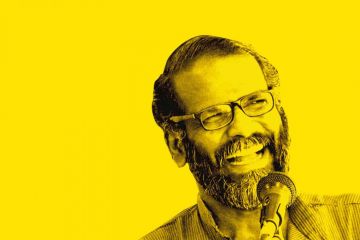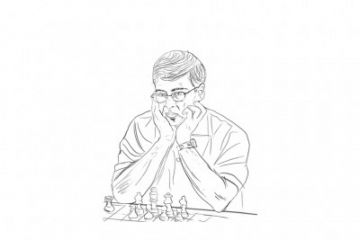
When Fraser Taylor was
doing research in 1970’s in Kenya, he had an experience that gave him a window
into the worth of local wisdom. A multi-million dollar aid project to map soils
was in the works in one of the districts. Some locals asked Fraser what all
these “wazungu” (foreigners) were doing. When Fraser explained, one man picked
up a stick and in a few minutes drew a map in the sand showing soil suitability
for various crops which was just as accurate (and much cheaper) than the





